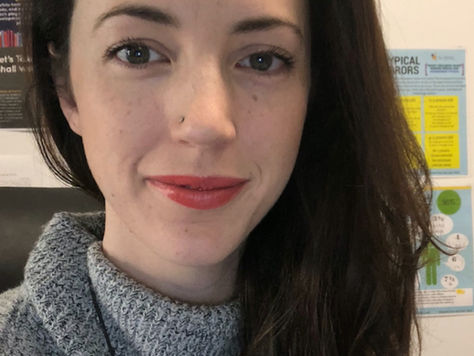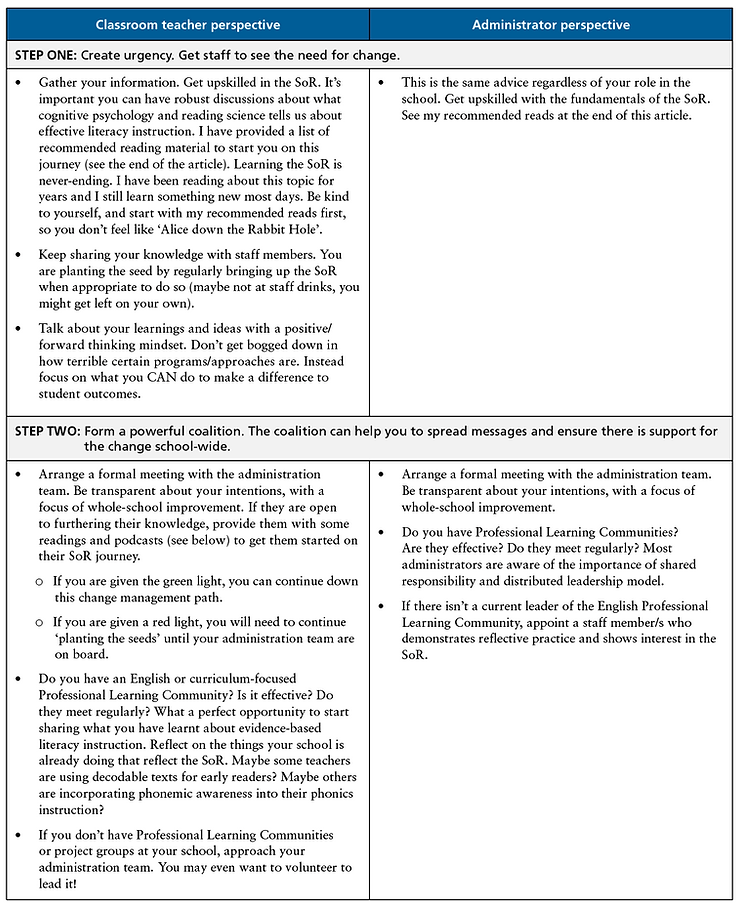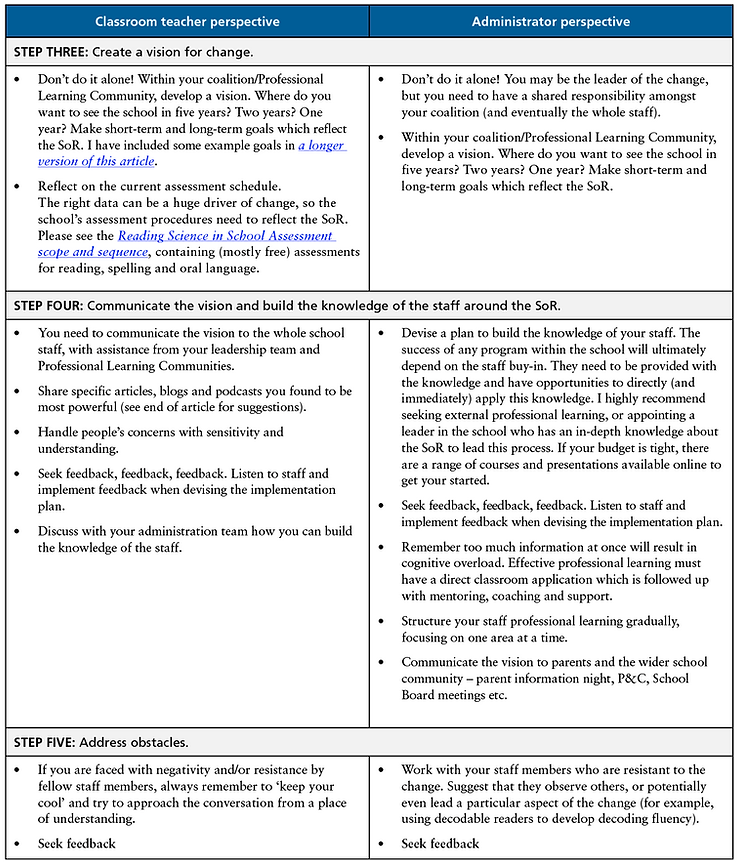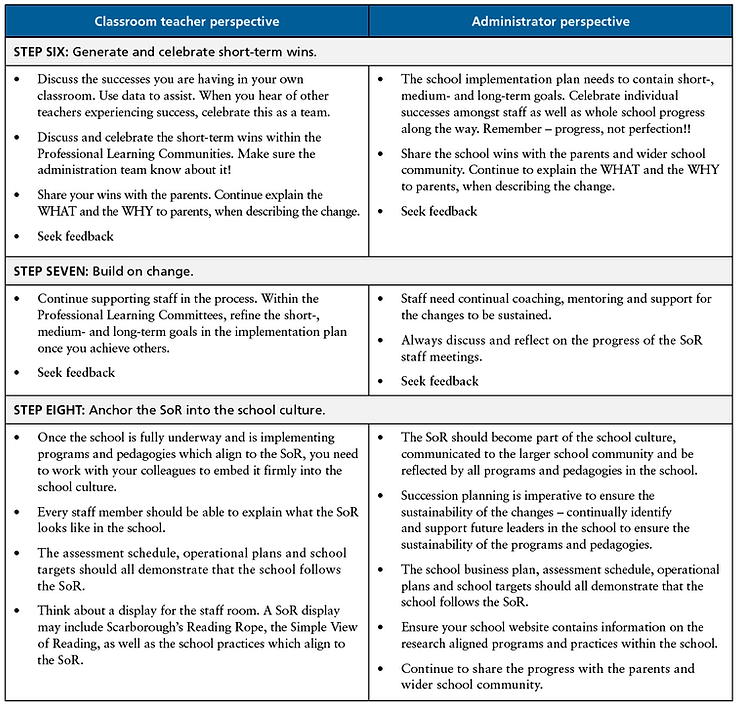
Change management: The science of reading
“I want to align my practice to the Science of Reading, but I don’t have support from my administration team or colleagues … what do I do?”
“I am a school leader and would like to start the process of aligning our practices to the Science of Reading, but I just don’t know where to start, HELP!”
By Stephanie Le Lievre
These sentiments are echoed by administrators and teachers alike. The Science of Reading (SoR) refers to the vast body of research conducted in laboratories and classroom settings which (should) inform educators, clinicians, university lecturers and so on, about reading development and effective literacy instruction. The SoR has gained a lot of traction in recent years, but with this movement also comes a lot of opposition. You are probably familiar with the ‘Reading Wars’, but if it’s your first time hearing this, read Alison Clarke’s take on it here. Emina McLean has a nuanced take on the Reading Wars, which you can read in this edition of Nomanis (pp. 22).
As a teacher, curriculum leader and school consultant, I have had my fair share of change management projects in the school setting, particularly those pertaining to evidence-based literacy practices. I’ve had many failures and successes, so I would like to share with you some things I have learnt along the way.
I will structure the rest of this article with a focus on two different perspectives: that of the classroom teacher who wants to make the change ‘from the bottom up’, and that of an administrator/school leader who needs to get staff onboard. Both approaches would be rather different, so it’s important I address the different experiences. When instigating change within a school, I believe it’s important to follow a change management model. I am choosing to use Dr John Kotter’s Eight Step Change Model for the purpose of this article.



To conclude …
As clichéd as it may sound, remember it’s about the journey, not the destination. Effective and sustainable change takes time and involves a shared responsibility among staff. Below I have included some readings (and viewings and listenings) I recommend to start your journey in the SoR. In the longer version of this article, I have also included some EXAMPLES of short-, medium-, and long-term goals. Every school’s journey will be different, and will all be starting at different points, so it’s imperative you create your own implementation plan with your staff based on your context.
Free resources I recommend to share with your administration team and colleagues when initially introducing the SoR:
-
Video presentation: PaTTAN Literacy Symposium 2020, by Emily Hanford
-
Podcast episode: ‘At a Loss for Words’, by Emily Hanford
-
Article: ‘Why Jaydon Can’t Read’, by Jennifer Buckingham (Learning Difficulties Australia Bulletin)
-
Article: ‘Reading IS Rocket Science’, by Louisa Moats.
This is an edited version of a blog post that originally appeared on The Speechie Teach (June 17, 2020).
Stephanie Le Lievre is a Level 3 Classroom Teacher and Certified Practising Speech Pathologist. She spent five years in the Kimberley region as the Literacy Coordinator of a large district school. Stephanie now does consultative work for schools in Perth, providing professional learning on best practice literacy instruction. She also co-facilitates the Facebook community ‘Reading Science in Schools’ with Natalie Campbell and Jasmyn Hall.
This article appeared in the December 2020 edition of Nomanis.